Hazelnut (Filbert) Tree Care – How To Start Caring For Hazelnut Trees?
For hazelnut trees to grow well, plant them in full sun with rich, well-drained slightly acidic soil free from weeds. Also, provide the tree with moderate watering once it establishes and a balanced fertilizer in spring.
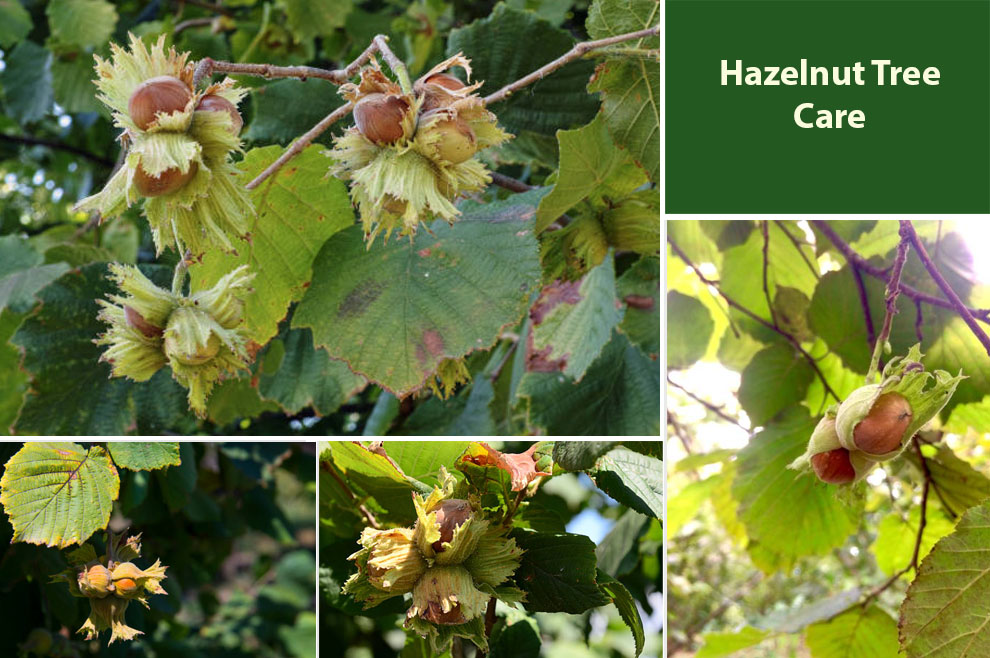
Hazelnut trees are deciduous trees that are widely cultivated for the nut (hazelnut) that they bear. Hazelnut trees are also known as Filbert trees. Hazelnut is very popular because it is used in several recipes and especially in making chocolates.
To grow hazelnut trees, you should know that they prefer full sun and moist, well-drained soils. The ideal soil pH should range between 6.5 and 7.5, and the optimal soil type is loamy. Hazelnut trees are adapted to climates with hot, dry summers and cold, wet winters.
Hazelnut tree care is not difficult at all. They need adequate moisture throughout the growing season but can tolerate wet soils better than overly dry ones. The trees should be protected from strong winds, as this can damage the branches.
Mulching the tree can help to retain soil moisture and prevent weeds from competing for resources.
How To Care for Hazelnut Trees?
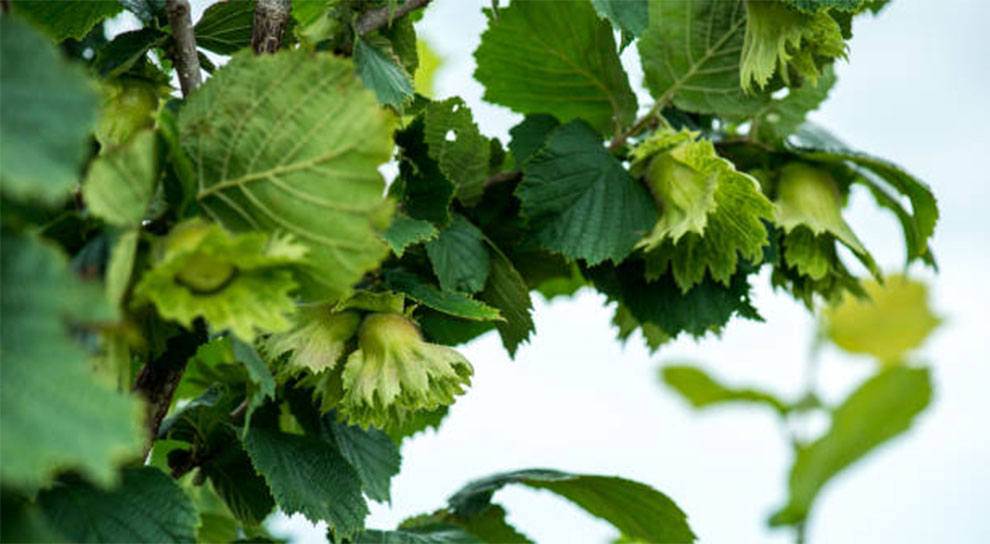
To rightly take care of Hazelnut tree types, it is important to grow them in a sunny location with well-drained soil; prune the tree to encourage good air circulation and light penetration; provide adequate water; and protect the trees from pests and diseases.
Additionally, it is important to fertilize the trees regularly, harvest the nuts when they are ripe, and protect them from wildlife.
Let’s break down how caring for Hazelnut trees is simple with the following points in mind.
A. In Which Zone Do Hazelnut Trees Grow Best?
Hazelnut trees grow best in temperate zones, specifically in areas with mild winters, warm summers, and ample rainfall.
The Mediterranean and Pacific Northwest regions of the United States are best suited to the growth of Hazelnut trees.
Apart from the United States, Hazelnuts are also grown in countries like Canada, Europe, China, Japan, and Turkey. They grow best in hardiness zones 4-8.
B. Do Hazelnut Trees Need Full Sun?
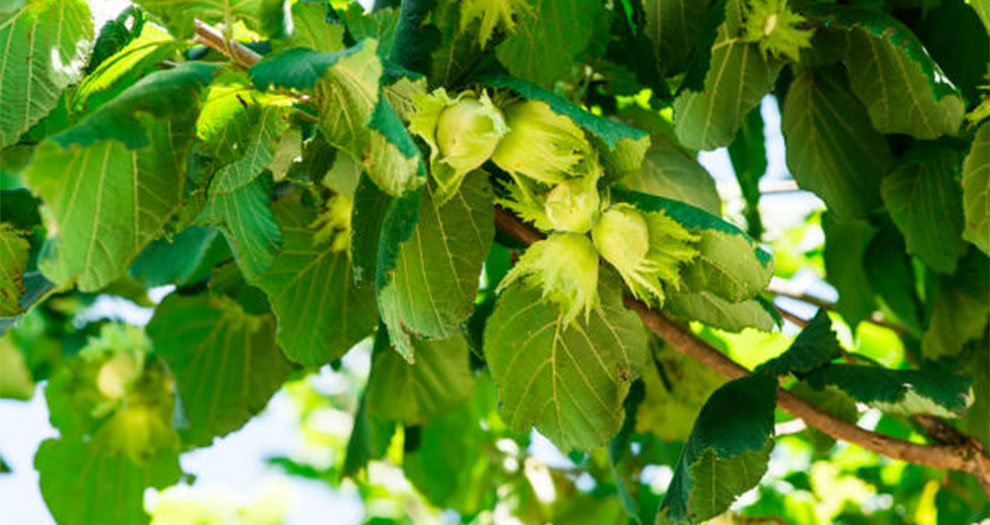
Yes, an important prerequisite for proper Hazelnut tree care is full exposure to sunlight. Hazelnut trees prefer full sun with at least 6 to 8 hours of direct sunlight each day, although they can tolerate some shade.
Hazelnut trees planted in full sun will produce larger, healthier nuts. Hazelnuts will not tolerate deep or dense shade, so they should not be planted in areas that receive less than 6 hours of direct sunlight. In addition, hazelnuts should not be planted too close to other trees or structures that could block their access to sunlight.
C. What Type of Soil Do Hazelnut Trees Prefer?
Hazelnut trees prefer rich, well-drained soils that are slightly acidic, with pH levels ranging from 5.5 to 6.8. They also prefer soils that are high in organic matter and are moist but not soggy.
Additionally, it is important to keep the soil loose and free of weeds and grass, as these can compete for nutrients and water. Mulching around the roots of the tree is also recommended, as it helps to protect the root system and retain moisture.
Incorporating organic matter such as compost or manure in the soil of Hazelnut trees can help to provide the necessary nutrients to the plant.
D. Do Hazelnut Trees Need A Lot Of Water?
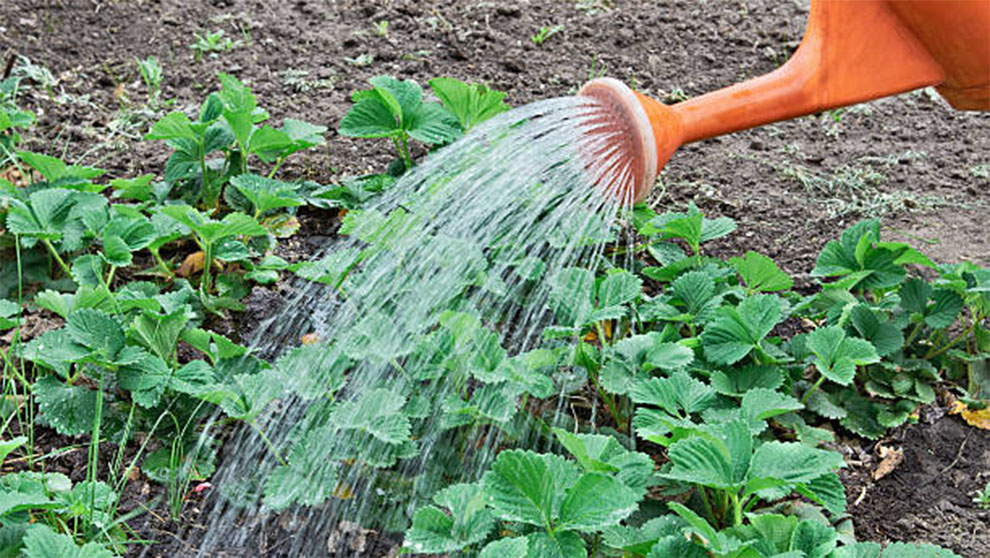
Hazelnut trees require a moderate to a high amount of water to remain healthy and productive.
During the growing season, the soil should be kept moist but not saturated. This can be accomplished by providing 1 to 2 inches of water per week, either through natural rainfall or irrigation.
In the early spring and summer months, the Hazelnut tree should be watered more frequently, up to three times a week. During the fall and winter months, the water requirements can be reduced to once or twice a week.
In areas with drier climates, Hazelnut tree care has more watering requirement. Hazelnut trees are more susceptible to drought than other tree species, so they should be monitored closely during periods of low rainfall.
It is also important to ensure that the soil is well-drained, as Hazelnut trees are not tolerant of wet or waterlogged soils. Mulch can be used to retain moisture and to keep the soil cool in the hot summer months.
E. Can Hazelnut Trees Tolerate Low Temperatures?
Yes, hazelnut trees can tolerate low temperatures. They are hardy in USDA zones 4 to 8 and can survive temperatures as low as -20°F.
Hazelnut trees need a cool climate with temperatures between 50-55°F (10-13°C) during the growing season for best yields. They need a minimum of 750 chill hours, meaning temperatures below 45°F (7°C) for at least 7.5 hours per day for 45-60 days.
While temperatures above 65°F (18°C) can cause the buds to open too early, leading to frost damage and decreased production. During the winter, temperatures must remain above the freezing point to protect the roots.
F. What Is The Best Fertilizer For Hazelnut Trees?
The best fertilizer for hazelnut trees is a 10-10-10 fertilizer applied in the spring. The fertilizer should be applied at a rate of 1/2 lb. per inch of trunk diameter. It is important to apply fertilizer when the tree is actively growing.
Hazelnut or Filbert tree care includes ensuring that the fertilizer is not applied too close to the trunk or roots as this can cause damage to the tree.
Synthetic fertilizers such as ammonium sulfate, urea, and potassium nitrate can also be used to fertilize Hazelnut trees. They provide a rapid release of nutrients and should be used sparingly.
Organic sources such as manure, seaweed extract, and compost tea can also be used to fertilize Hazelnut trees. They provide a slow release of nutrients and are beneficial to the soil.
Compost too is an excellent source of slow-release nutrients and organic matter. It can be applied directly to the soil or incorporated into the soil prior to planting.
G. How To Transplant Hazelnut Trees?
Transplanting Hazelnut trees is a simple but delicate procedure. Follow the steps given below to accurately transplant Hazelnut trees:
- Begin transplanting hazelnut trees in late winter or early spring when the tree is still dormant.
- Dig a circle around the tree that is approximately 12 inches from the trunk and at least 6 inches deep. Make sure to keep the root ball intact.
- Gently lift the tree out of the ground, taking care not to damage any of the root systems.
- Place the tree in a wheelbarrow or other container and transport it to its new location.
- Dig a hole at the new location that is twice as wide and at least 6 inches deeper than the root ball.
- Gently set the tree in the hole, making sure that the top of the root ball is level with the soil.
- Backfill the hole with soil, tamping it down firmly around the tree. Water the tree thoroughly and mulch around the base.
- Keep the tree well-watered for the first few weeks, until the roots become established in the new location.
H. Do You Prune Hazelnut Trees?
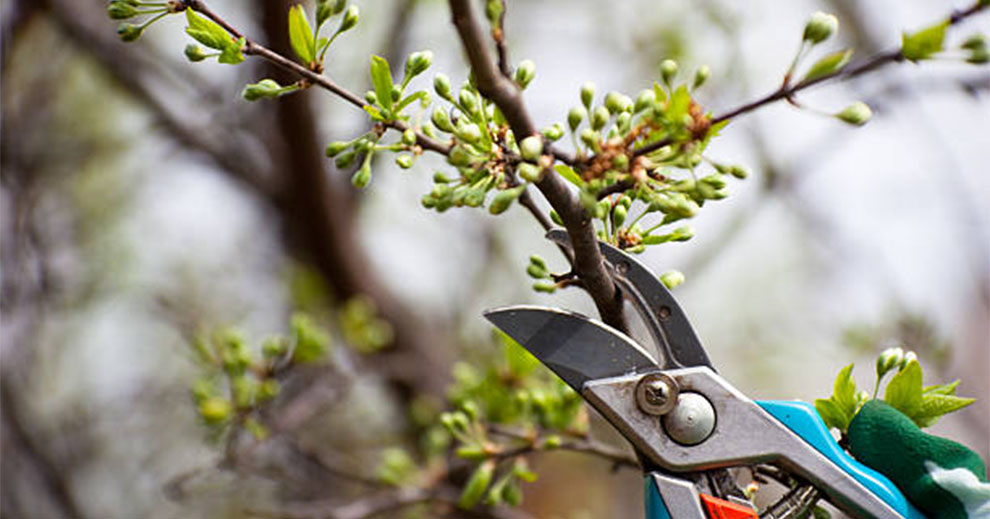
Yes, pruning Hazelnut trees is an extremely essential part of caring for Hazelnut trees. Apart from creating an aesthetically pleasing shape and improving the tree’s health and vigor, pruning Hazelnut trees keeps pests and diseases at bay.
It also improves the size and quality of the nut crop, encourages the production of new growth, reduces the probability of limb breakage during heavy storms, and promotes adequate circulation of air and sunlight throughout the canopy.
Protection From Common Hazelnut Tree Problems – Pests and Diseases.
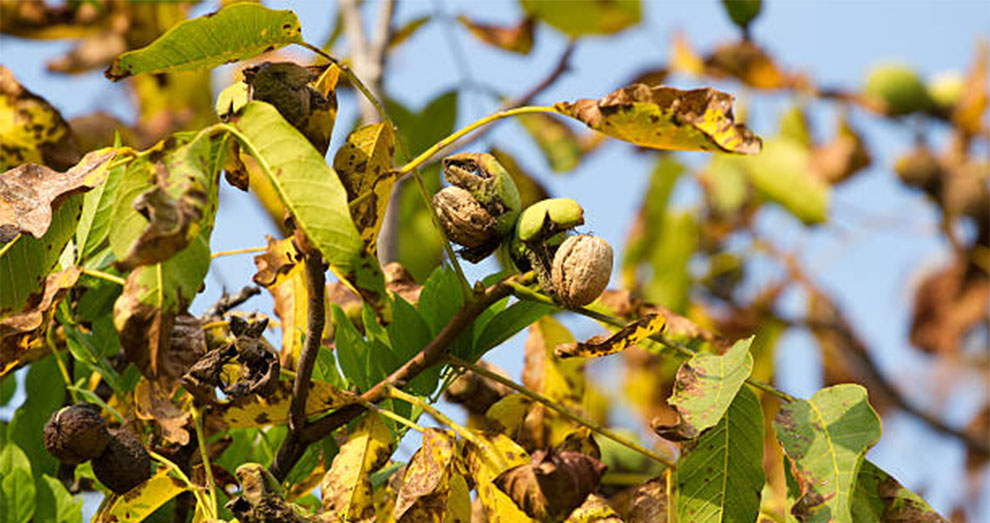
There exist numerous pests and diseases which can affect the growth of Hazelnut trees by reducing nut production and in extreme cases even killing the plant altogether. Common pests that may affect the growth of Hazelnut trees include aphids, leaf rollers, filbert worms, and twig borers.
The insects and pests can be identified by their tiny size, their tendency to congregate on the undersides of leaves and stems, and the sticky residue they leave behind.
Common diseases that may affect the growth of Hazelnut trees include bacterial canker, crown gall, powdery mildew, and verticillium wilt.
Check for signs of bacterial diseases. These diseases can be identified by their dark-colored spots on the leaves and stems, and the presence of oozing or crusty lesions.
Listed below are some ways in which you can prevent pests and diseases from infecting your Hazelnut trees or treat the tree in case they have already been infected. Include these steps in your Filbert tree care to keep insects, pests, and plant diseases away from your Filbert tree.
- Prune the Hazelnut tree regularly and remove dead or damaged branches to help prevent pests and diseases.
- Monitor the tree regularly and inspect it for signs of pests and diseases, such as discolored leaves, wilting, and spots on the leaves.
- Apply an organic fungicide if you spot signs of fungal diseases such as leaf spot, leaf scorch, and powdery mildew.
- Apply a horticultural oil spray to the tree in late winter or early spring to help control insect pests such as aphids, mites, and scale.
- Plant companion plants such as garlic, onions, and chives near the hazelnut tree to help repel pests.
- Keep the area around the tree free of weeds, grass, and debris, as these can provide a breeding ground for pests and diseases.
- Water the tree deeply and only when the soil is dry to prevent diseases caused by too much moisture.
Related: Hazelnut Tree Lifespan
Growing Tips for Hazelnut Trees
Here are some Hazelnut tree care tips that will be helpful when you grow your own Hazelnut trees:
- Always plant Hazelnut trees in well-drained, loose soil in an area that receives at least 6 hours of direct sunlight per day. Plant the Hazelnut seedlings in early spring or late fall, at least 6 feet apart.
- Prune Hazelnut trees annually to keep them healthy and promote good air circulation. Pruning Hazelnut trees in late winter promotes healthy growth and increases nut production.
- Water Hazelnut trees regularly during the first two years of growth. After that, reduce watering to once a month.
- Fertilize Hazelnut trees in late winter or early spring. Use a fertilizer that is high in nitrogen.
- Apply mulch around the base of the Hazelnut tree to conserve moisture and reduce weeds.
- Alter and improve the soil with plenty of organic matter. You can use compost or aged manure to improve drainage of the soil and provide nutrients.
- Regularly monitor Hazelnut trees for pests and diseases like Japanese beetles, aphids, and blight. Remove infected leaves and branches as soon as possible. You can protect Hazelnut trees from animals and birds by covering them with netting or cages.
- Harvest Hazelnuts when the outer husks are brown and the nuts are easily removed from the husks.
Summing Up…
So, that’s all on the topic of how to care for Hazelnut trees. Caring for Hazelnut may seem like a daunting task, but with regular maintenance and a little bit of love, they can provide a lifetime of enjoyment.
With proper pruning, fertilization, and pest control, you can ensure that your tree will stay healthy and continue to produce delicious hazelnuts for many years to come.
